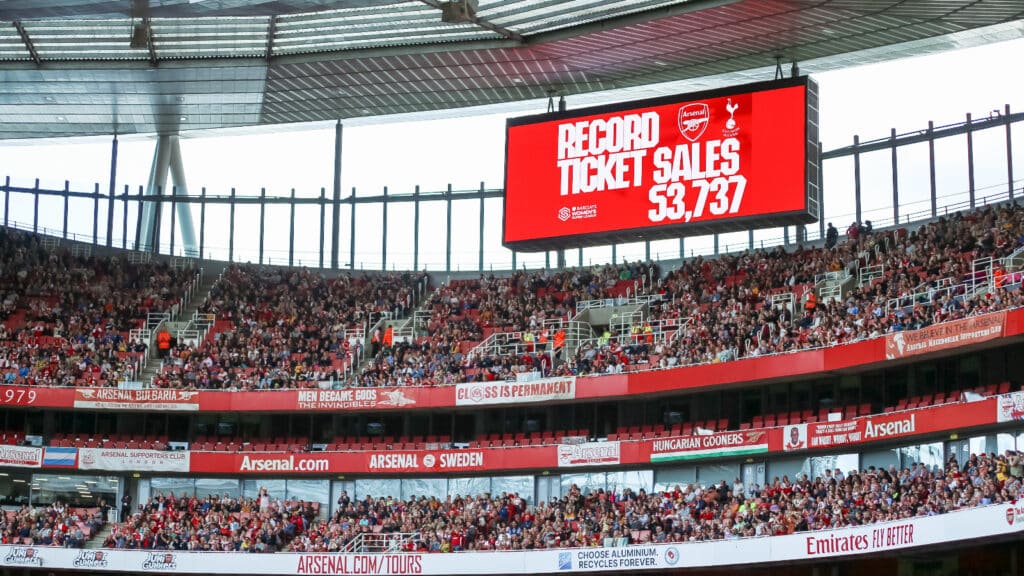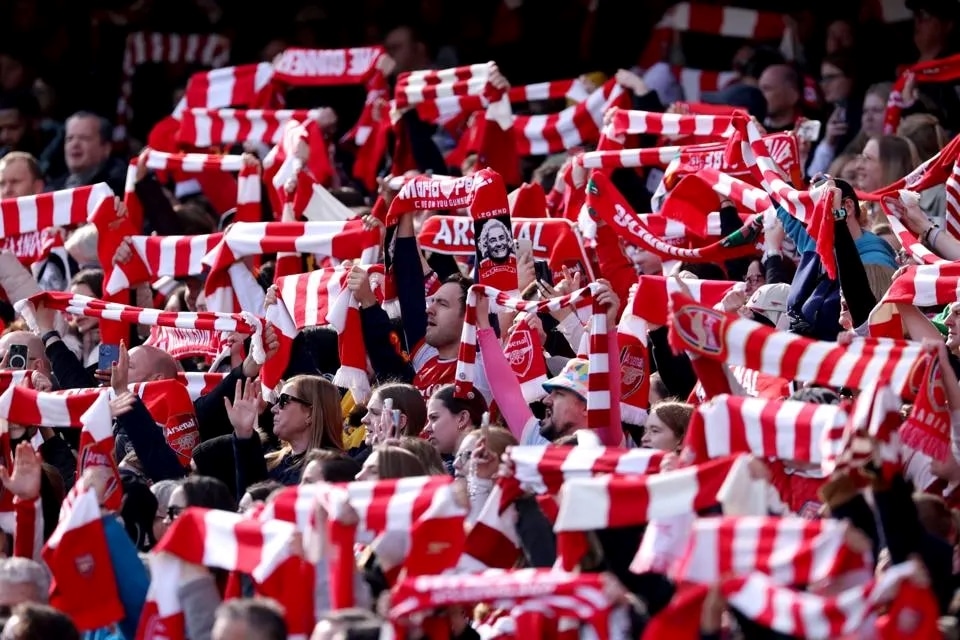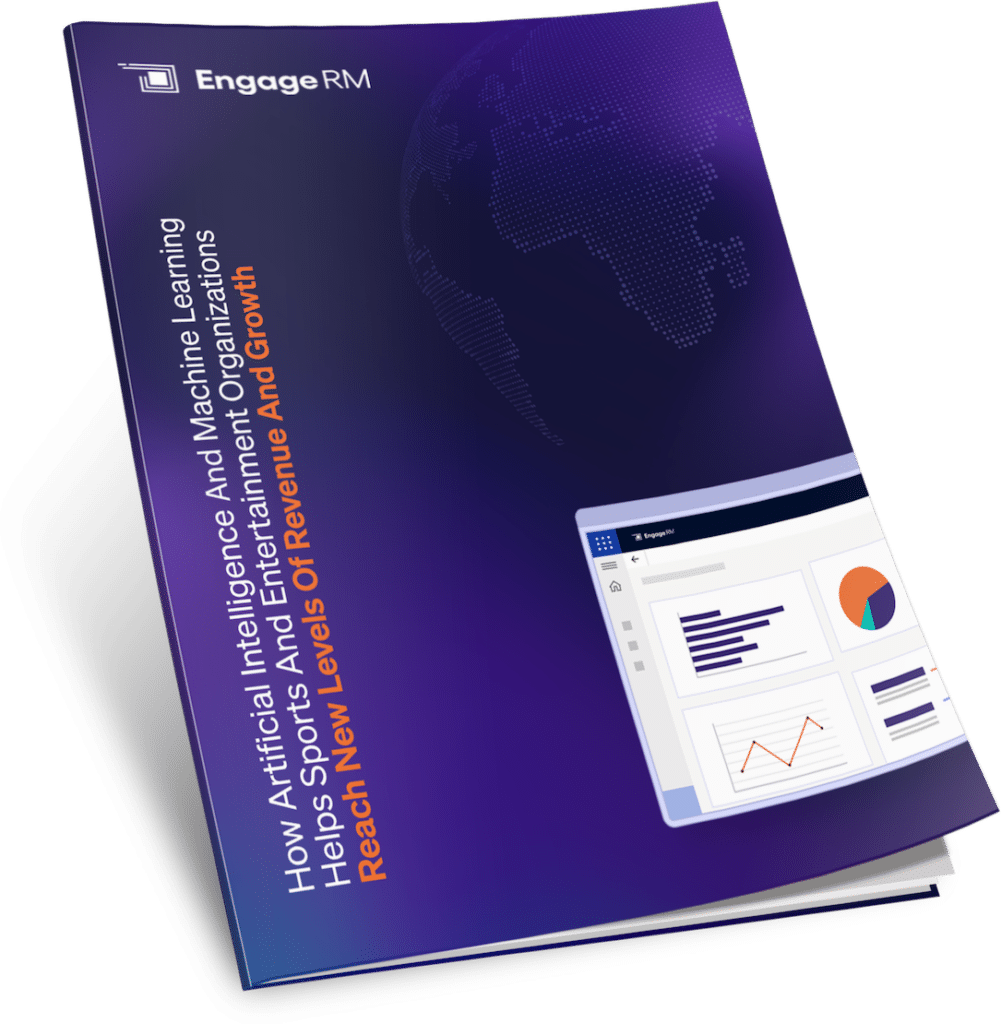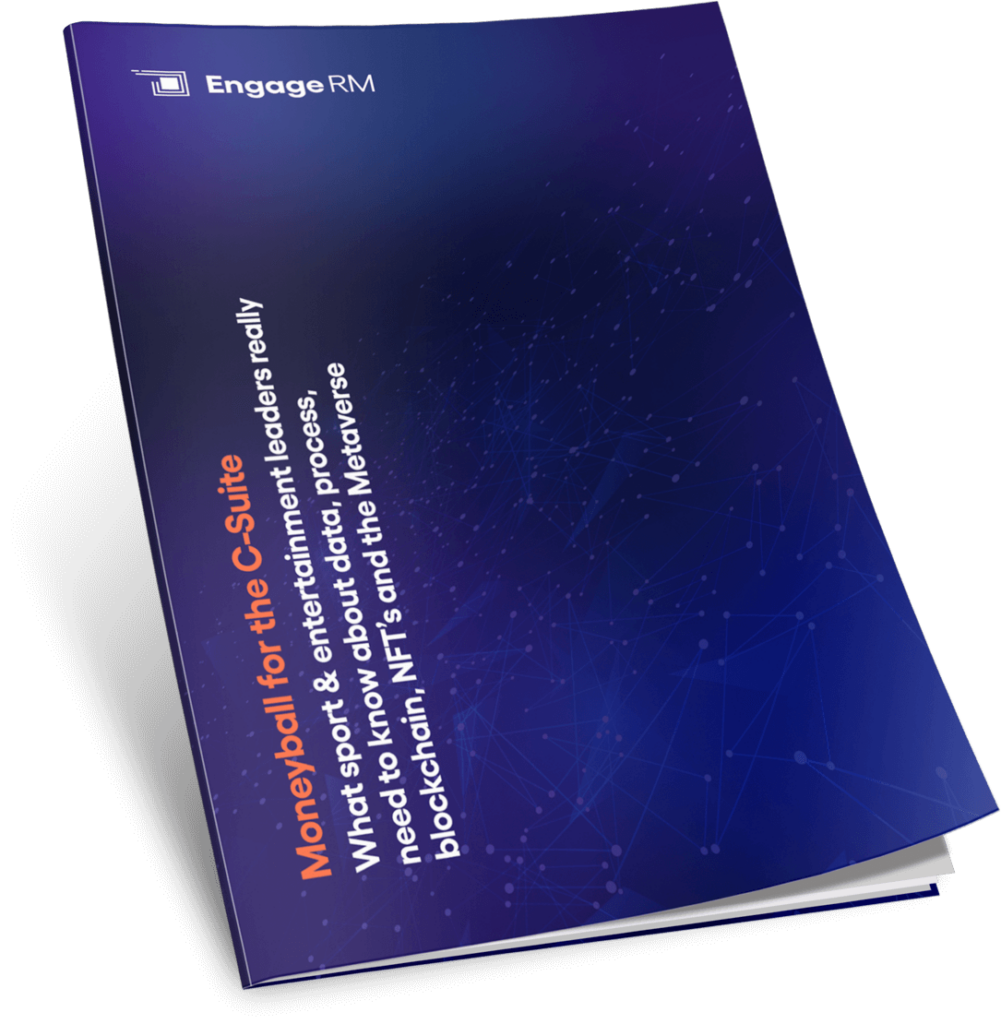Why Arsenal Women are 20k ahead of the rest
27 March 2024
Arsenal Women’s average attendance for the 2023-24 Women’s Super League season is sitting at 35,006, the gap to second? Just a casual 23,872 fans (as of writing).
That average places them above 10 premier league clubs too. They’ve sold out the Emirates three times this season, and now hold all 6 of the highest attended matches in the WSL.
It’s a remarkable stat considering the team has seen a limited number of trophies recently (sorry to bring that one up), so what led to Arsenal Women becoming one of the most attended female teams globally? Let’s find out.

The women’s games at the club’s main stadiums have been on the rise and are now a regular fixture on the WSL off the back of the 2019 World Cup. Especially for the larger teams, you’ll see their women’s side take the pitch at their home ground a couple of times a season, but Arsenal have found the most success when doing so.
The Gunners first game at the Emirates after the 2019 World Cup came in 2021 against Chelsea, which saw 8,705 attendees or 14% capacity. In the two and a half years since, they’re recording multiple sell outs (a figure which includes hospitality packages).
Filling that 86%, and sustaining it as they have is mightily impressive, and there’s a multitude of factors behind it all.
In terms of pricing, tickets are of course, affordable. An adult ticket for a game against rivals Chelsea, Tottenham or Manchester United this season were £15 in the general sale. But if you got in early, it would set you back £12 and last-minute tickets were £18.
Critics have lauded the team for this pricing and membership strategy. The tiered pricing structure incentivized early purchases, which enabled significant growth and high ticket sales. As former England striker Ellen White said, “It’s got to be one of the best models in the UK, maybe across the world”.
“We’ve seen the likes of Barcelona selling out, but they have done it a few times and it’s not a regular thing for them. The model seems incredible.”
In addition to tiered pricing, 12,000 ‘home advantage packs’ – season tickets purely for games at the Emirates – were available and sold out weeks into the season.
Results speak for themselves, after only eight games this season, there’s been a 63% increase on total ticket sales compared to all 11 WSL matches last season.

But it’s not just pricing, the team has built a community
A quote from Arsenal’s manager Jonas Eidevall sums it up; ‘You don’t support a team only for a player, or only for history, or only for trophies, you go and support a team because that’s where you found an environment where you think you belong”.
“And that’s what makes me extremely proud to be able to say that I think we have found a place where more than 60,000 people feel that they belong.”
The team has focused on growing their fan base and capitalizing off the key tournaments, which draw record viewership to the sport.
The Euros in 2022 catapulted the Lionesses into worldwide fame, with stars including Beth Mead and Leah Williamson on the Arsenal roster. Further, the 2023 World Cup once again thrust the women’s game into the spotlight, and Arsenal were one of the top represented teams at the tournament.
But just having your players at an international tournament only goes so far. Arsenal took to their digital channels and highlighted their players, so the casual viewer understood those national team players represented Arsenal as well.
And it’s so successful, captain Kim Little is now recognized in the pub post-game; “Once you come out there’s this real community feel and there are people with Arsenal scarves in the pubs and they recognize you”.
“It’s a really nice feeling. It’s creating memories and the club has done that really well.”

Managing the gap
There are some concerns however that this growth can negatively affect those who might not have an overwhelming presence in the football landscape. As teams like Arsenal continue to grow and pull in these record numbers, those at the other end of the spectrum fall further away.
“The challenge in the women’s game is that there doesn’t become too much of a gap between the top and the bottom,” Arsenal’s football services executive Jodie Taylor told Optus Sport.
“It’s imperative that we keep investing and seeing progress globally and across smaller leagues. The top end are doing really well, we see the investment from big clubs and the progress is amazing. It’s the kind of bottom end and what we don’t want to see this gap emerge and be too big.”
While the associated power and recognition of a global club is only available to a select few, there are some lessons teams can learn from Arsenal and lower league clubs who advocate for their women’s teams.
Their level of engagement with fans, and club-wide support of the team is paying off in dividends, but investment in the team and the women’s game hasn’t yet caught up, and even with all their success Arsenal women are still searching for sustainability.
Interested in more content like this? Subscribe to our newsletter 👇
Finding sustainability and growing the game
For Gunners manager Jonas Eidevall, it is important to find a sustainable solution.
“We’re not only searching for the highest attendance, we’re searching for consistency… for sustainability, we’re searching for creating a culture at the Emirates week-in, week-out.”
And they’re on the way to doing just that, fans are filling seats and most importantly, Arsenal are showing that with a strong backing, it’s all possible.
They’re not the sole success story either. Across the pond, the National Women’s Soccer League in the US sees thousands of fans at every match, a major success for a standalone women’s league.
When it comes down to it, Arsenal Women excel in three key areas, they’ve targeted casual fans and brought them in, built a strong community feel around the club, and nailed their pricing structure.
The bottom line
It’s essential these fans, from all corners of the globe, are captured as they enter the beginning of their fan journey. The more data you have on their preferences, location and interactions will ensure you create those rich experiences and engage with them in meaningful ways.
In a time where women’s football is scaling at a rapid rate, it’s crucial teams have a system to keep track of their data, and measure that growth, so they can capitalize on all it has to offer, just like Arsenal.









